Sweden is a country in northern Europe. Apart from the mainland, there are many islands off the coast, the largest being Gotland.
Sweden is bordered by the Baltic Sea and the Gulf of Bothnia.
The land is mostly flat with mountains in the west. Parts of Northern Sweden lie within the Arctic Circle.
Like its neighbours Finland and Norway, in the north of the country, in winter, the sun never rises above the horizon for about 2 months. In the south
there is about 6 hours of sunlight in mid-winter. Similarly, in the summer, the northern area has continuous daylight for about 2 months of the year.
In the south there is an average of 19 hours of daylight
The geographical coordinates for the centre of Sweden, also known as lines of latitude and longitude, are:-
Latitude - 62 00N
Longitude - 15 00E
The capital of Sweden is Stockholm.
Sweden is a parliamentary constitutional monarchy which means that the Head of State is a King (or Queen) but the laws are decided by an elected parliament with
a prime minister as head of the government.
The present King (2017) is Carl XVI Gustav who came to the throne in 1973. He is 70 years old. His daughter, Victoria, aged 39, is heir to the throne. Sweden is the
home of the various Nobel Prizes awarded each year for different achievements.
In elections everyone over the age of 18 can vote.
The currency in Sweden is the krona. Sweden is a member of the European Union, having joined in 1995.
Swedish is the official language.
Check the weather in Stockholm now.
This is the time in Stockholm now








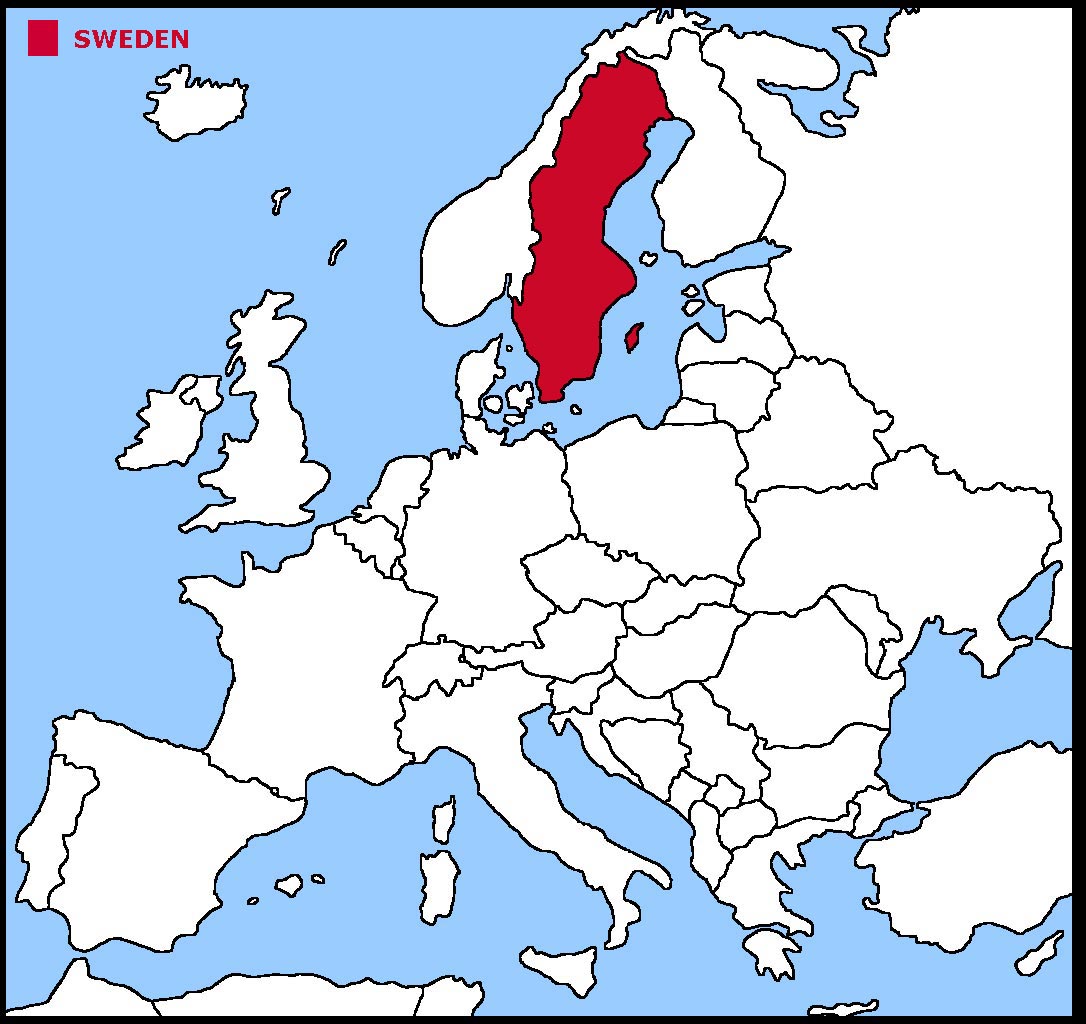

 The Swedish flag is blue with a golden,
yellow cross, positioned toward the left side of the flag, nearest to the flagpole when the flag is flying. The colours are those of the Swedish coat of arms
which is three gold crowns on a blue field.
The Swedish flag is blue with a golden,
yellow cross, positioned toward the left side of the flag, nearest to the flagpole when the flag is flying. The colours are those of the Swedish coat of arms
which is three gold crowns on a blue field.


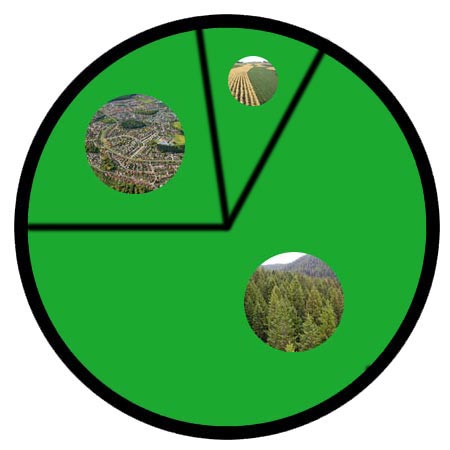

 Each little Owlbut is 1 person and
the big yellow rectangle is 1 sq km. After a while you can compare countries and see which ones are the most crowded. Remember it is only an average as
more people live closer together in towns and cities than in villages out in the country.
Each little Owlbut is 1 person and
the big yellow rectangle is 1 sq km. After a while you can compare countries and see which ones are the most crowded. Remember it is only an average as
more people live closer together in towns and cities than in villages out in the country.
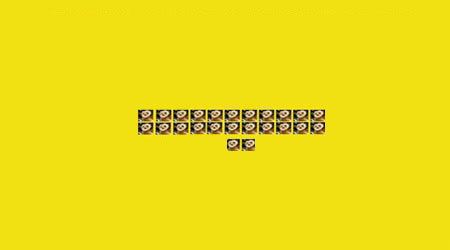

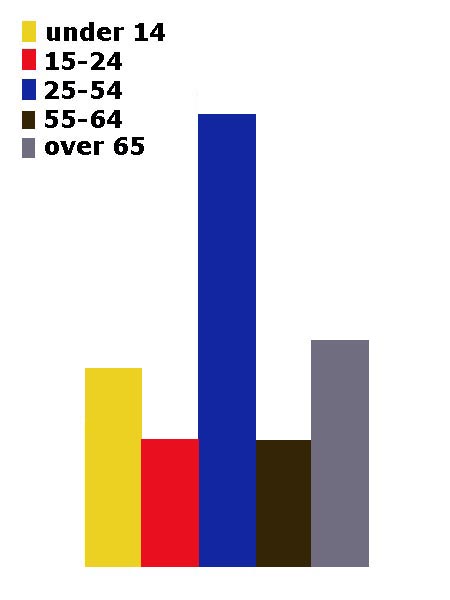
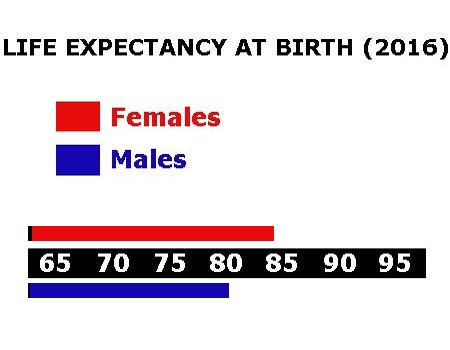

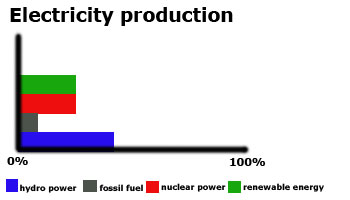

 They work in the following sectors.
They work in the following sectors.



